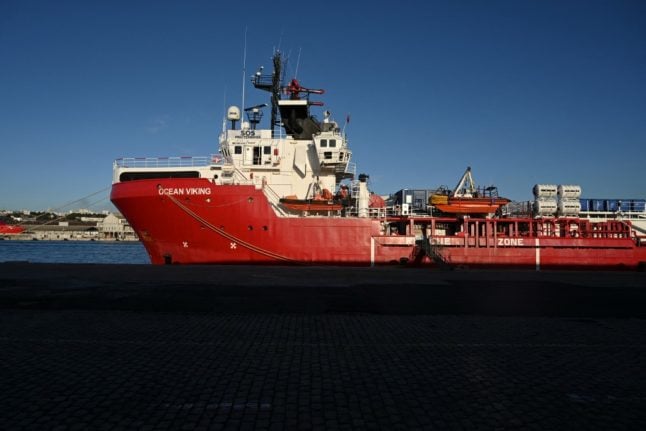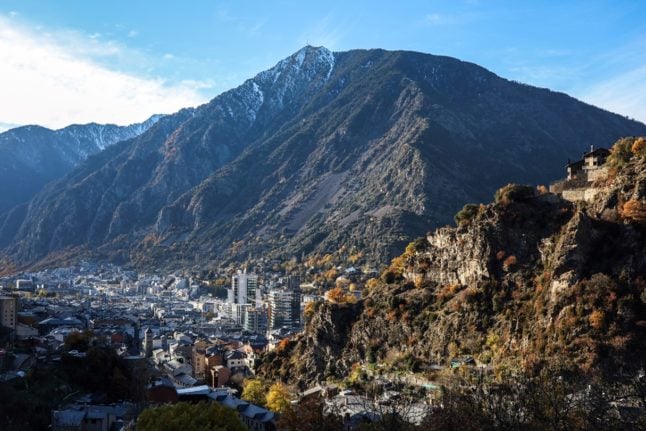The row centres on the Ocean Viking, a charity ship which has sailed away from Sicilian waters toward France after unsuccessfully waiting for permission to dock in Italy since late October.
Run by European charity SOS Mediterranée under a Norwegian flag, the ship appealed to France to accept it and it was expected to approach Corsica by Thursday.
A diplomatic row over its fate was building on Tuesday after Italy’s new right-wing Prime Minister Giorgia Meloni thanked France for opening a port to the Ocean Viking – in anticipation of any confirmation, or denial, by France.
On Wednesday French government spokesman Olivier Véran branded Italy’s refusal to allow the ship to dock as “unacceptable.”
“The ship is currently in Italian territorial waters, there are extremely clear European rules that were accepted by the Italians,” Véran said, adding that “the current attitude of the Italian government, notably its declarations and refusal to accept the ship” were “unacceptable.”
Italy’s new far-right government, led by Meloni’s Brothers of Italy party, has vowed to stop the tens of thousands of migrants who arrive on the country’s shores each year.



 Please whitelist us to continue reading.
Please whitelist us to continue reading.
Member comments